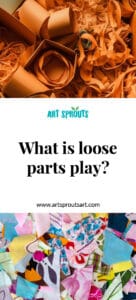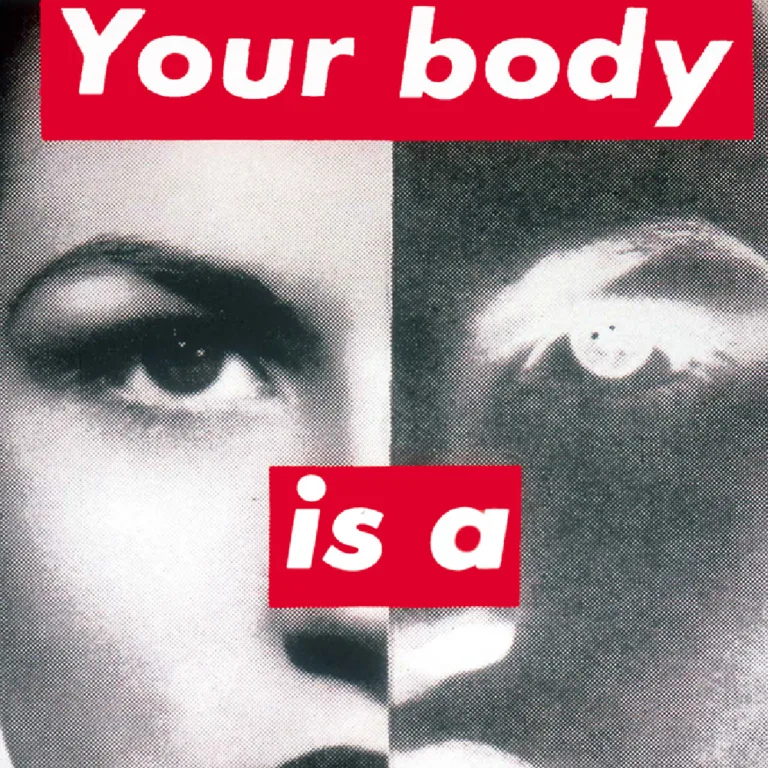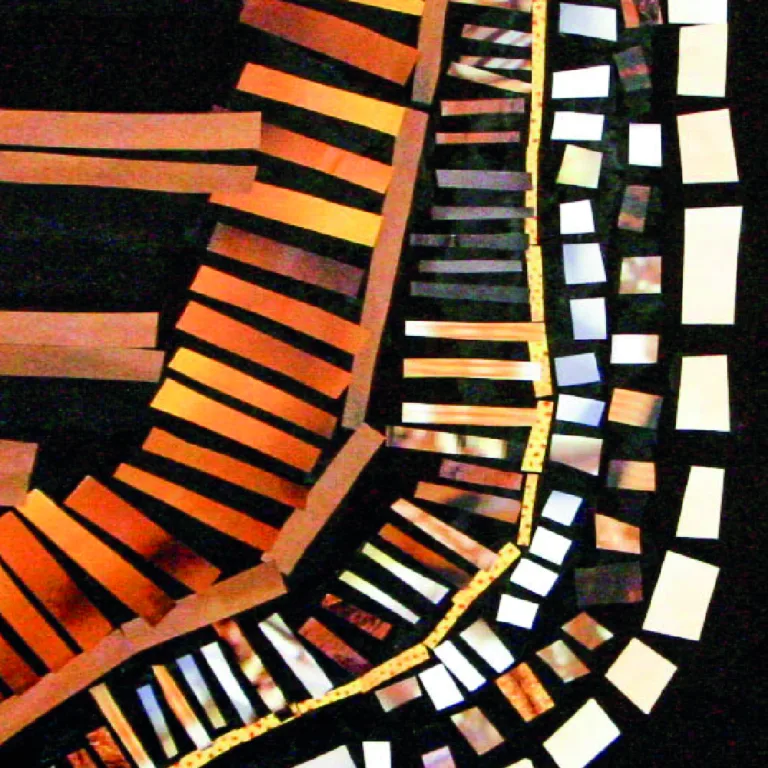What is loose parts play?
Loose parts play refers to a style of play that involves open-ended materials or objects that can be manipulated, moved, and combined in countless ways by children. These materials are called “loose parts” because they are not fixed or limited in their use. They can be anything from natural elements like sticks, stones, and leaves to everyday objects such as buttons, fabric scraps, or empty containers. The key characteristic of these loose parts is their adaptability and potential for imaginative exploration.
Unlike many toys with a specific purpose or prescribed way of play, loose parts invite children to be the architects of their playtime. They empower toddlers and preschoolers to use their creativity, problem-solving skills, and imagination to transform these simple materials into whatever their hearts desire. This open-ended play fosters a sense of agency, independence, and self-expression in young learners.
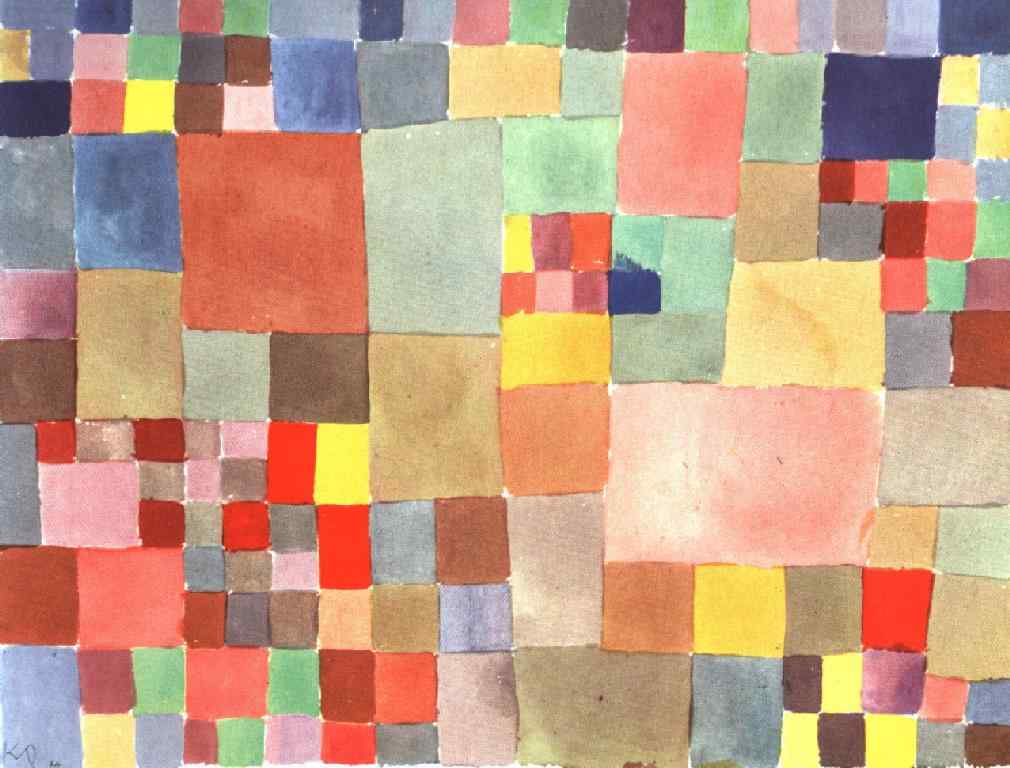
Who invented loose parts play?
Friedrich Froebel
Friedrich Froebel was a German educator born in 1782, known for his significant contributions to early childhood education. He is often regarded as the founder of the kindergarten movement, a term he coined, which means “garden of children” in German. Froebel believed that young children learn best through play and exploration.

Froebel developed a unique educational philosophy that emphasized the importance of self-directed, hands-on learning. He introduced a set of educational materials called “Froebel Gifts,” which included simple objects like wooden blocks, geometric shapes, and other manipulatives. These materials were designed to encourage creativity, sensory exploration, and cognitive development in young children. While these materials were not explicitly referred to as “loose parts,” they provided children with open-ended opportunities for play and learning, laying the foundation for the concept of loose parts play.
Simon Nicholson
Simon Nicholson was a British architect and an advocate for open-ended play and creativity. He is best known for his influential 1972 article “How NOT to Cheat Children: The Theory of Loose Parts.” In this article, Nicholson introduced the concept of “loose parts” as it relates to children’s play environments.
Nicholson argued that the richness of play experiences for children is enhanced when they have access to diverse, open-ended materials. He believed that children should be free to interact with materials in ways that sparked their imagination and creativity. According to Nicholson, loose parts could be natural elements like sticks, stones, and water, as well as man-made objects such as cardboard boxes, fabric scraps, and tools.
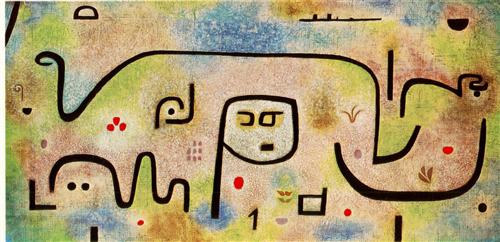
Nicholson’s work profoundly impacted the fields of architecture and playground design, inspiring designers to create more inclusive and imaginative play spaces for children. His ideas also resonated with educators, who recognized the value of loose parts play in fostering creativity and problem-solving skills in young learners.
What is the Reggio Emilia approach to loose parts play?
The Reggio Emilia approach stands out for its child-centered and highly collaborative philosophy, which sets it apart from other educational methods like Montessori. In the context of loose parts play, this approach places a strong emphasis on collaboration and shared learning experiences.
Reggio Emilia educators view loose parts play as a medium for children to communicate their thoughts and ideas. What makes it distinct is the collaborative nature it fosters among children.
In Reggio-inspired environments, children often work together when engaging with loose parts, building, creating, and imagining collectively. This collaborative play nurtures a sense of community and social interaction.
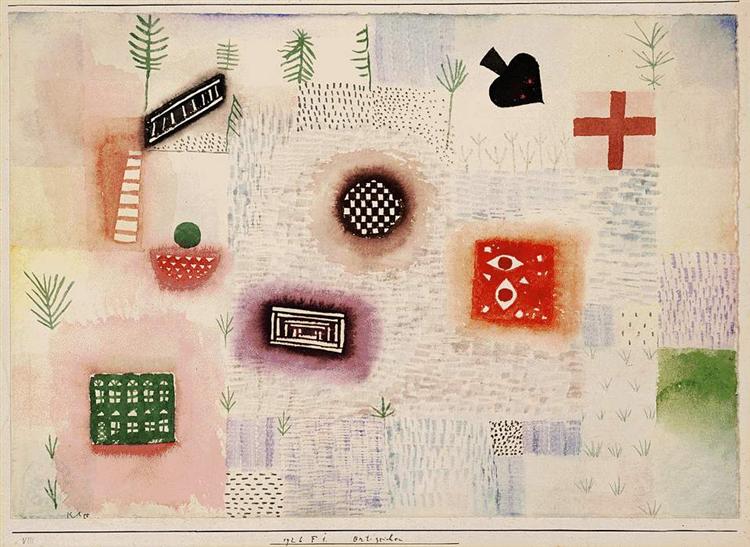
In contrast to the Montessori approach, which tends to emphasize individualized and self-directed learning, Reggio Emilia encourages children to explore, experiment, and learn together. It values group dynamics, fostering cooperation, negotiation, and problem-solving skills as children collaborate to achieve shared goals during loose parts play sessions.
Furthermore, loose parts play often integrates with other forms of expression, such as group art projects or collaborative storytelling. This integration not only enhances individual creativity but also encourages children to share their ideas and build upon each other’s contributions.
Check out our list of favourite loose parts play materials!
What can children learn from loose parts play?
When done correctly, loose parts play encourages children to experiment, take risks, and learn from their mistakes. It promotes hands-on learning and allows them to discover cause-and-effect relationships, develop fine and gross motor skills, and engage in sensory experiences. Moreover, it promotes social interaction and collaboration when children engage in group play, negotiate ideas, and share resources.
Incorporating loose parts play into early childhood education embraces the philosophy that children are natural-born learners who thrive when given the freedom to explore and create on their own terms.
Following the Reggio approach, which values rules and responsibility, children will also learn to maintain a tidy and collaborative classroom environment.
Loose parts play and tinkering tray: are they the same?
Loose parts play and tinkering trays share similarities in their focus on open-ended exploration and creativity. Both provide children with materials to manipulate, experiment with, and construct their own learning experiences. However, there are distinctions.
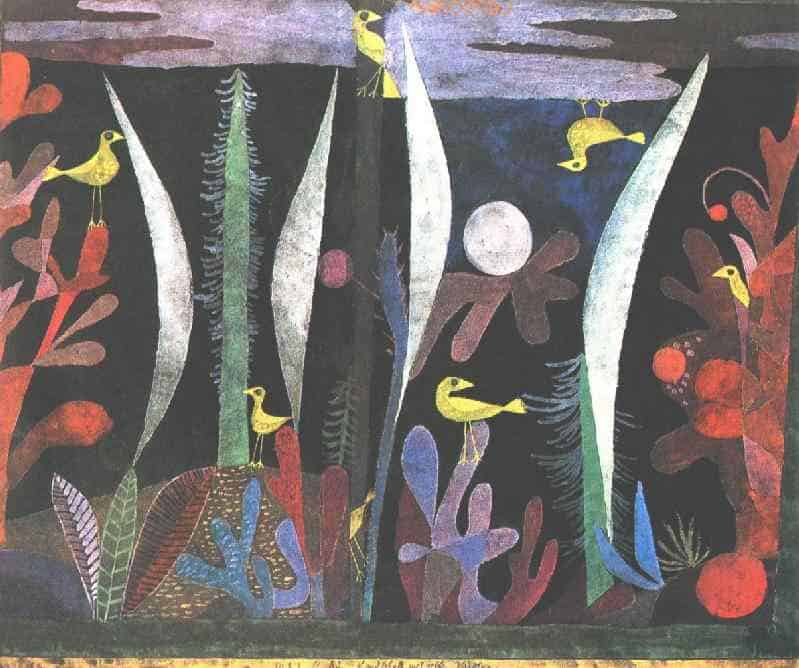
Loose parts play typically encompasses a broader array of materials, often including natural elements and a wider variety of objects. Tinkering trays, on the other hand, often involve a specific collection of materials designed for tinkering, building, and problem-solving, which may have a more structured or goal-oriented aspect.
Enhance Your Reggio-Inspired Classroom with Affordable Supplies
To support the creativity and exploration central to Reggio Emilia spaces, Discount School Supply provides a variety of high-quality, affordable materials.
Save Up to 55% on HUNDREDS of Arts & Crafts!
Get Free Shipping On Orders 99 Or More Using Code SHIP99!
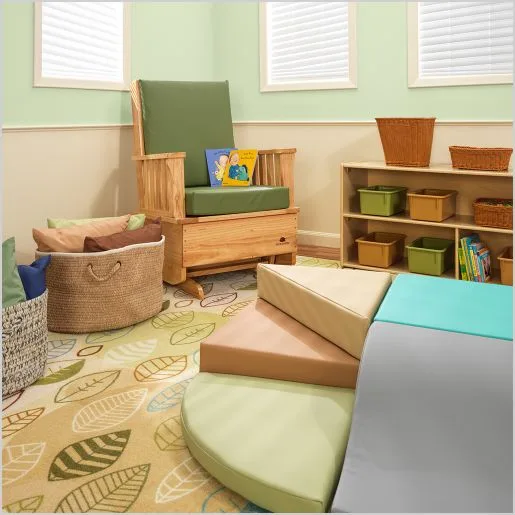
What is play-based learning?
Play-based learning in the Reggio Emilia approach is a cornerstone of early childhood education, perfectly aligned with the philosophy of nurturing creativity and autonomy in young learners. At its core, it revolves around the belief that children are active architects of their knowledge, with play serving as their primary vehicle for exploration and understanding.
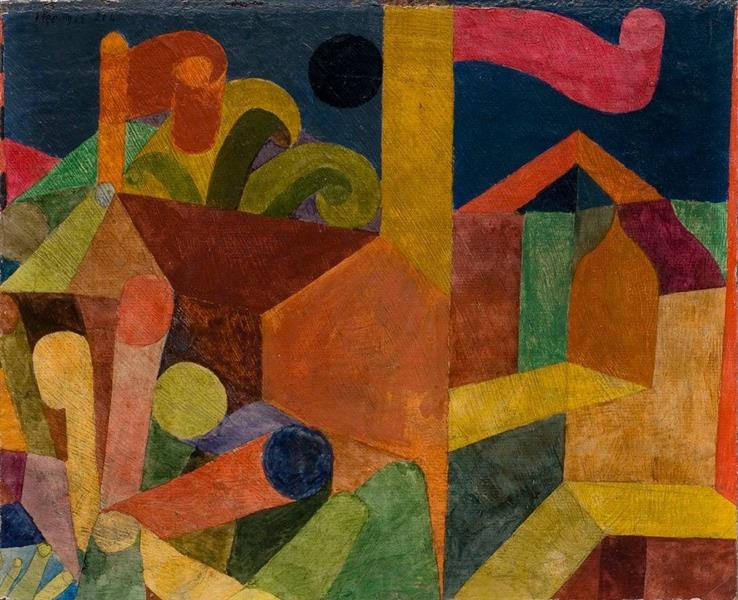
Within this approach, play-based learning is complemented by the use of documentation. Educators meticulously observe and document children’s activities, capturing their thoughts, discoveries, and expressions through photographs, notes, and artwork. Documentation serves multiple purposes: enabling children to revisit their experiences, involving parents in their learning journey, and guiding educators in adapting their approach to individual needs.
Additionally, open-ended activities and provocations serve as starting points for emergent learning. These stimuli are intentionally designed to pique children’s interests and provoke deeper exploration, offering rich opportunities for creativity, critical thinking, and problem-solving.
Are you eager to give loose play a try? Check out our favourite loose play materials and ideas.
Save for later
